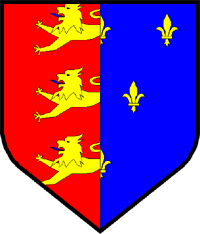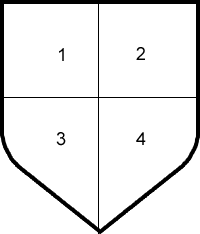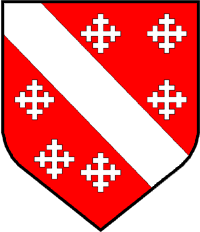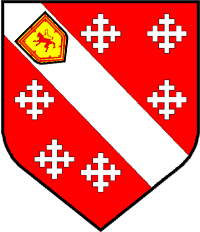|
Ye Olde Blazoner Online Shop Heraldry
|
Marshalling, quartering, cadency and history in shields
The arrangement of more than one coat-of-arms on a shield is known as marshalling. An example is seen in the arms of England and France on the shield of Margaret of France, second queen of the English Edward I. When the shield is divided into four parts, this is called quartering. If two sets of arms are to be shown, e.g. the arms of a man's family and those of his mother's family, the more important one is shown in the in the first and fourth quarters, the other in the second and third quarters. It is a rule that no quarter must be left blank.
|
|
Additional devices introduced into arms, to distinguish different members of the same family, are called marks of cadency. For instance, a crescent denotes the second son and a mullet the third.
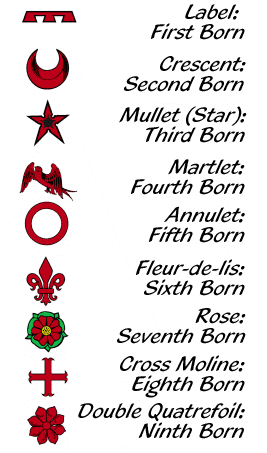
A shield may often illustrate an interesting event in history, as in the two shields of the Howards, the family of the Duke of Norfolk. The first shows the family device before the Battle fo Flodden in 1513; the second, the family arms after 1513, has an added shield bearing a demi-lion pierced through the mouth by an arrow. This addition is called augmentation. If refers to the defeat and slaying of James IV of Scotland by Thomas Howard, Duke of Norfold, at Flodden.
|
|


